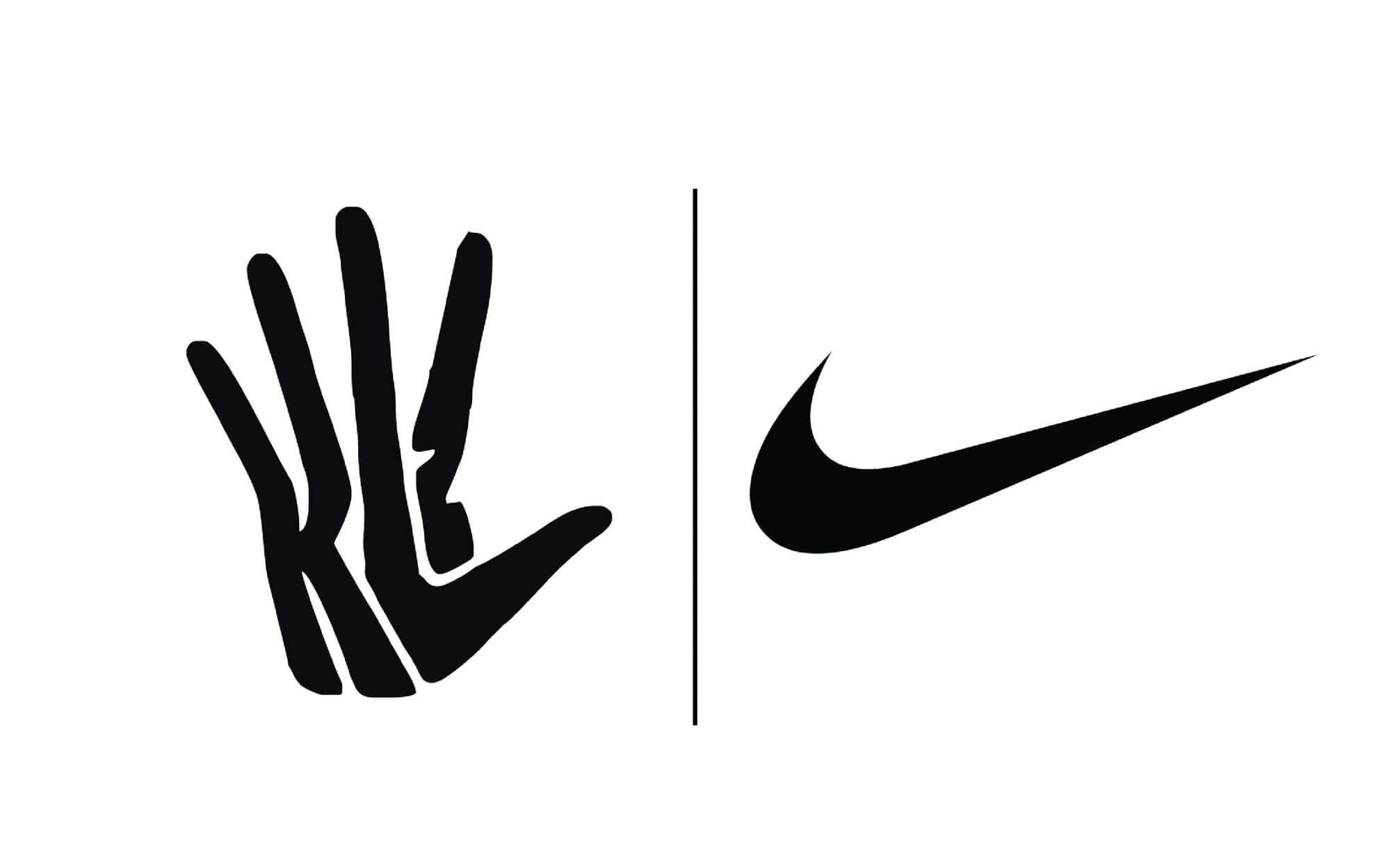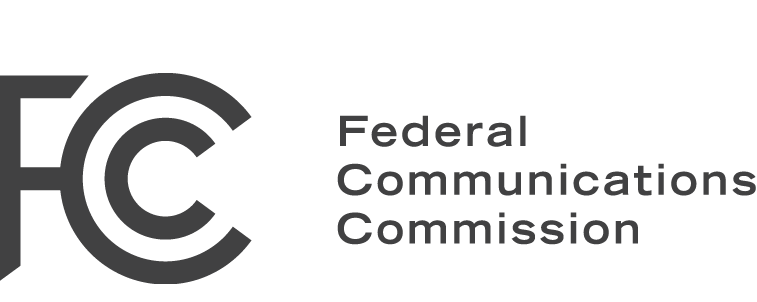Kawhi Leonard Sues to Block Nike from Copyrighting His Logo

Takeaway: It is important to distinctly carve out the terms of copyright ownership when agreeing to allow another party to use your logo.
Kawhi Leonard has initiated a lawsuit against Nike to prevent them from obtaining copyright over his own logo. The logo is a sketch of his hands, which are known to be distinctly large and contribute to his success as an NBA superstar. Kawhi previously had a contract with Nike where he allowed the company to use his logo. However, his contract with Nike has come to an end and Nike has sent letters to Kawhi demanding that he not use the logo on any brand of apparel other than Nike products.
The complaint says that, without Kawhi’s knowledge, Nike filed a copyright application for the logo and claimed that it was the creator of the logo. However, Kawhi states that he sketched out his logo back in college before he signed a contract with Nike and therefore is the true copyright owner of the logo.
Kawhi’s business, Kawhi Leonard, LLC is the registered owner of a trademark over the same logo that is currently disputed in this copyright action. One of Kawhi Leonard, LLC’s trademark registrations with the same logo covers goods such as hats, shirts, pants, shorts, jackets, sweatshirts, and jeans.
Image Credit: www.nssmag.com/en/sports/
Government Agencies Cannot Challenge Existing Patents Under AIA Post-Issuance Procedures
Takeaway: Governmental Agencies cannot challenge patents under the American Invents Act post-issuance review procedures.
In Return Mail v. United States Postal Service, the Supreme Court of the United States held that Federal government agencies, such as the United States Postal Service in this case, are not eligible to challenge existing patents under AIA post-issuance review procedures.
This holding followed from the decision to apply the “longstanding interpretive presumption that the term ‘person’ does not include the sovereign.”
Since the Leahy-Smith America Invents Act (AIA) of 2011 does not include an express definition of the term “person,” this case relied on the justices’ assessment of whether there was sufficient statutory intent to include government agencies in the definition.
Citing the similarities between governmental and non-governmental patent holders, including their exposure to civil liability, the dissenting justices argued that it made little sense for Congress to have intended to limit the government’s access to the AIA proceedings.
Ultimately, the majority found that the differences between governmental and non-governmental patent holders were significant enough to permit Congress to reasonably treat them differently under the statute.
Finding that there was not sufficient reason to use a definition of ‘person’ that included government agencies, the Supreme Court found that government cannot utilize the post-issuance procedures established by the AIA.
Update in Canadian Trademark Law
Takeaway: Canada is revamping its trademark laws and the changes will go into effect on June 17, 2019. If you have a trademark that you are using or intend to use in Canada, you may want to consider filing before June 17, 2019 to avoid a trademark squatter situation.
Canada is making modifications to its trademark laws that will go into effect on June 17, 2019. First, the renewal term in Canada will be shortened with a change from a 15 year to a 10 year term.
First, Canada will be joining the Madrid Protocol. The Madrid Protocol is a system where you may file a single trademark application that will apply to multiple countries, and now, Canada will be a country that you will be able to select under the Madrid Protocol.
Additionally, Canada will now allow divisional applications. In other words, if there are issues with specific goods or services in your current application, you may move forward with the goods and services that are not objected to in your application. This means you may be able to receive a registration sooner for some goods while continuing to argue for the remaining goods and services. However, once all issues have been overcome, the two divided applications may be consolidated into the same registration.
Next, Canada has amended its laws to remove the need to actually use or intend to use the trademark. This has been somewhat controversial as people believe that this will cause trademark squatting similar to what we have seen in cybersquatting disputes. For this reason, the Canadian trademark office has seen a rush of applications to secure rights before this happens later this month.
Finally, the new laws add to the types of marks that may be registered. The law has added items such as holograms, textures, sounds, moving objects, and 3D models to the list of “marks” that can be applied for.
FCC Allows Blocking of Robocalls

Takeaway: The FCC is taking action to protect your privacy by allowing phone carriers to block robocalls.
It feels like every year we receive more and more annoying robocalls from scammers. Luckily, the FCC is now actively taking steps toward stopping these calls. The FCC has done so by officially voting to allow phone carriers to block robocalls. The FCC is encouraging phone carriers to do more to prevent robocalls and scams.
Phone manufacturers are also stepping up to prevent robocalls. Apple is building into its software the ability to silence and send to voicemail unknown numbers automatically. This feature will come with the new iOS 13 that is expected to be released this fall.
Image Credit: https://www.fcc.gov/general/logos-fcc
Bankruptcy Does Not Rescind Trademark Licenses
Takeaway: Rejection of an executory contract under the Bankruptcy Code constitutes a breach of contract but does not rescind a trademark license that was originally granted in that agreement.
In a recent decision by the Supreme Court of the United States (Mission Product Holdings, Inc. v. Tempnology, LLC.) the court determined that a debtor’s rejection of an executory contract under Section 365 of the Bankruptcy Code has the same effect as a breach of contract outside of bankruptcy. The court stated that such an act cannot rescind rights that the contract previously granted.
Entities that file for bankruptcy have the ability to reject a contract that neither party has finished performing. However, the court found that a rejection of a contract for a trademark licensing agreement constitutes a breach of that contract, but does not rescind the agreement. Therefore, the rights that would ordinarily survive a contract that have been breached will remain in place.
In this matter, the debtor argued that its rejection of the contract also terminated the rights it had granted, i.e. permission to use its trademarks. The court stated the breach of a contract does not revoke the license or stop the licensee from doing what the contract allows. In other words, they stated that the debtor may stop performing its remaining obligations under the agreement, but the debtor cannot rescind the license that was already conveyed to the licensee. Therefore, the licensee may continue to do whatever the license originally authorized.
Gold Value International Textile v. Sanctuary Clothing
Takeaway: It is important to assure that the information in your copyright application is accurate because your registration may be subject to invalidation at a later date if you knowingly misrepresent information in your application.
The Ninth Circuit recently invalidated a copyright registration because one of the parties knowingly included inaccurate information in its copyright application that would have caused the Copyright Office to deny registration. The court noted that the party knowingly included previously published designs in its application to register an unpublished collection.
Additionally, as was stated in a recent decision by the Supreme Court of the United States in Fourth Estate Public Benefit Corp. v. Wallstreet.com, a copyright must proceed to registration before you may file a lawsuit for copyright infringement. Here, the Ninth Circuit stated that the Copyright Office would not publish a single group of published and unpublished works showing that they would not have published this registration had the applicant provided accurate information. Following the decision by the Supreme Court in Fourth Estate, here, the Ninth Circuit stated that a valid registration is a precondition to bringing an action for infringement, and because the Copyright Office would not have registered this application, the Ninth Circuit affirmed the district court’s grant of summary judgment in favor of the defendants.
Dana-Farber Cancer Institute Inc. v. Ono Pharmaceutical Co. Ltd.
Takeaway: It is important to include all inventors that contributed to an invention in a patent application, even if the final claimed invention has been modified since the contribution occurred.
Recently, in the case of Dana-Farber Cancer Institute Inc. v. Ono Pharmaceutical Co. Ltd. et al., a Massachusetts District Court judge ordered that two scientists, Dr. Gordon Freeman and Dr. Clive Wood, be added as inventors to six patents. These patents resulted from the work of Dr. Tasuku Honjo, who was jointly awarded the 2018 Nobel Prize in Physiology or Medicine with Dr. James P. Allison for their discovery of cancer therapy by inhibition of negative immune regulation.
The court found that the scientists’ collaborations with Dr. Honjo constituted significant contributions to the conception of claims in each of the patents. Relying on guidance from the Federal Circuit, the judge found that even though all contributors may not have “[had] their own contemporaneous picture of the final claimed invention,” they still qualify as joint inventors.
Cislo & Thomas LLP Spotlight
Cislo & Thomas Exhibited at INTA 2019 in Boston

We greatly enjoyed catching up with friends and acquaintances and making new ones at the 141st Annual Meeting of the International Trademark Association in Boston! It was a great experience being able to exhibit in Boston, and we plan to do so again next year in Singapore.
Please experience our newly created and released free trademark screening tool, www.trademarkfiler.com. Simply insert the mark desired (and optionally any goods and services) and see what USPTO, internet, and domain conflicts, if any, are present in one click. It was very well received by trademark professionals at the INTA conference in Boston.




